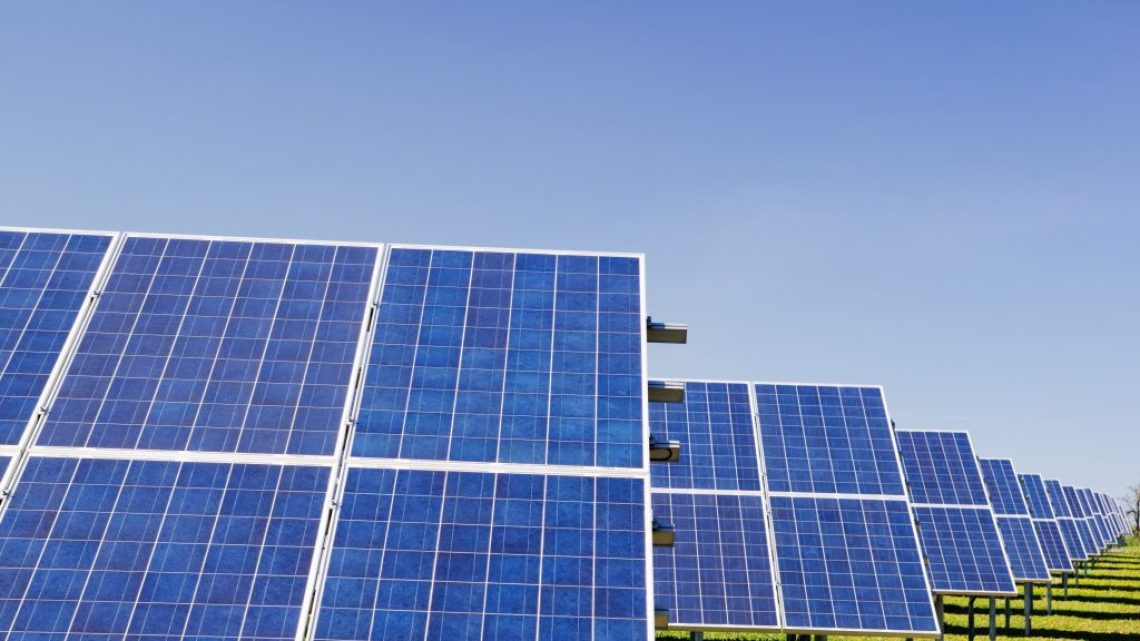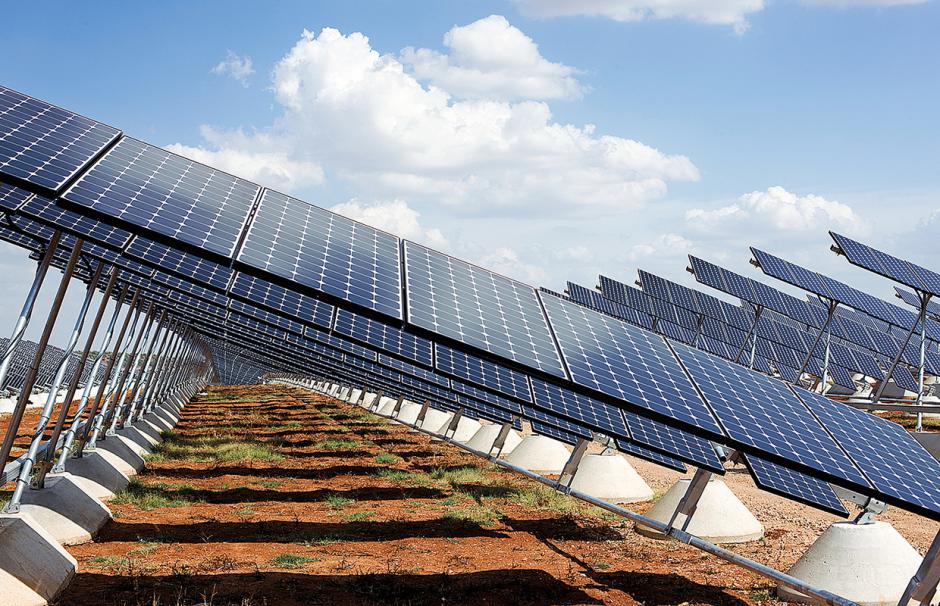
Four types of reasons for the total trip of photovoltaic power plants
In photovoltaic systems, electrical switches are one of the indispensable components. There are two main functions:
The first is the electrical isolation function, which is used to cut off the electrical connection between photovoltaic modules, inverters, power distribution cabinets and the grid during installation and maintenance to provide a safe environment for the operator. This action is generally taken by the operator. accomplish.
The second is the safety protection function. When overcurrent, overvoltage, short circuit, overtemperature and leakage current occur in the electrical system, it can automatically cut off the circuit to protect the safety of people and equipment. This action is automatically realized by the switch.
During the operation of photovoltaic power plants, it is often easy to touch the switch to trip. The reason is that the switch may have overcurrent, overvoltage, overtemperature, and leakage current. The following analyzes the solutions to the causes of each situation.

1. Current cause
This kind of fault is the most common. The circuit breaker selection is too small or the quality is not closed, which leads to long-term overload operation, and it is easy to generate heat and trip. When designing, first calculate the maximum current of the circuit, which is generally the maximum current of the inverter AC output. The rated current of the switch should exceed 1.2 to 1.5 times the maximum current of the circuit. For example, for a single inverter with a power of 20KW, the maximum AC output current is about 32A. At this time, it is recommended to choose a circuit breaker above 40A.
Judgment basis: do not trip at ordinary times, and only trip when the weather is good and the power of the photovoltaic system is high.
Solution: Replace a circuit breaker with a large rated current or a circuit breaker with reliable quality.
2. Voltage reason
This kind of fault is relatively rare. Between the two phases of the circuit breaker, there is a rated voltage, generally 250V for a single pole. If this voltage is exceeded, it may trip. There may be two reasons: one is the wrong selection of the rated voltage type of the circuit breaker; the other is when the power of the photovoltaic system is greater than the electrical power of the load, the inverter increases the voltage and sends power to the outside.
Judgment basis: Use a multimeter to measure the open circuit voltage, which exceeds the rated voltage of the circuit breaker.
Solution: Replace the circuit breaker with a higher rated voltage or a cable with a larger wire diameter to reduce the line impedance.
3. Reasons for temperature
There are two reasons for the high temperature of the circuit breaker: one is the poor contact between the circuit breaker and the cable, or the contact of the circuit breaker itself is not good, and the internal resistance is large, which causes the temperature of the circuit breaker to rise; the other is the environment where the circuit breaker is installed. Enclosed heat dissipation is not good.
Judgment basis: After the circuit breaker is tripped, touch it with your hands and feel that the temperature is too high, or you can see that the temperature of the terminal is too high, or even the smell of burning.
Solution: re-wiring, or replace the circuit breaker.
4. Causes of leakage
Leakage current is also called square matrix residual current. It is caused by the parasitic capacitance between the photovoltaic system and the earth. When the parasitic capacitance-photovoltaic system-grid forms a loop, in a photovoltaic system without a transformer, the loop impedance is relatively Smaller, the common-mode voltage will form a larger common-mode current on the parasitic capacitance between the photovoltaic system and the earth, that is, the leakage current.
Trip reason: line or other electrical equipment failure, other electrical equipment leakage, line leakage, component or DC line insulation layer damage.
Judgment basis: low insulation resistance between the positive and negative poles of the module and the AC phase wire, and between the positive and negative poles of the module, the phase wire and the ground wire.
Solution: detect and replace faulty equipment and wires.

Summarize
A switch trip event in the photovoltaic system will directly cause the system to not generate electricity and bring economic losses. If it is a power station that has been installed for a long time, the reason may be the wiring problem of the circuit or the aging problem of the switch, which needs to be discovered and replaced in time during the daily equipment inspection. If it is a newly installed power station, there may be problems such as improper switch selection, poor line insulation, poor transformer insulation, etc. We need to pay as much attention as possible in the early stage equipment selection of the power station.
In photovoltaic systems, electrical switches are one of the indispensable components. There are two main functions:
The first is the electrical isolation function, which is used to cut off the electrical connection between photovoltaic modules, inverters, power distribution cabinets and the grid during installation and maintenance to provide a safe environment for the operator. This action is generally taken by the operator. accomplish.
The second is the safety protection function. When overcurrent, overvoltage, short circuit, overtemperature and leakage current occur in the electrical system, it can automatically cut off the circuit to protect the safety of people and equipment. This action is automatically realized by the switch.
During the operation of photovoltaic power plants, it is often easy to touch the switch to trip. The reason is that the switch may have overcurrent, overvoltage, overtemperature, and leakage current. The following analyzes the solutions to the causes of each situation.

1. Current cause
This kind of fault is the most common. The circuit breaker selection is too small or the quality is not closed, which leads to long-term overload operation, and it is easy to generate heat and trip. When designing, first calculate the maximum current of the circuit, which is generally the maximum current of the inverter AC output. The rated current of the switch should exceed 1.2 to 1.5 times the maximum current of the circuit. For example, for a single inverter with a power of 20KW, the maximum AC output current is about 32A. At this time, it is recommended to choose a circuit breaker above 40A.
Judgment basis: do not trip at ordinary times, and only trip when the weather is good and the power of the photovoltaic system is high.
Solution: Replace a circuit breaker with a large rated current or a circuit breaker with reliable quality.
2. Voltage reason
This kind of fault is relatively rare. Between the two phases of the circuit breaker, there is a rated voltage, generally 250V for a single pole. If this voltage is exceeded, it may trip. There may be two reasons: one is the wrong selection of the rated voltage type of the circuit breaker; the other is when the power of the photovoltaic system is greater than the electrical power of the load, the inverter increases the voltage and sends power to the outside.
Judgment basis: Use a multimeter to measure the open circuit voltage, which exceeds the rated voltage of the circuit breaker.
Solution: Replace the circuit breaker with a higher rated voltage or a cable with a larger wire diameter to reduce the line impedance.
3. Reasons for temperature
There are two reasons for the high temperature of the circuit breaker: one is the poor contact between the circuit breaker and the cable, or the contact of the circuit breaker itself is not good, and the internal resistance is large, which causes the temperature of the circuit breaker to rise; the other is the environment where the circuit breaker is installed. Enclosed heat dissipation is not good.
Judgment basis: After the circuit breaker is tripped, touch it with your hands and feel that the temperature is too high, or you can see that the temperature of the terminal is too high, or even the smell of burning.
Solution: re-wiring, or replace the circuit breaker.
4. Causes of leakage
Leakage current is also called square matrix residual current. It is caused by the parasitic capacitance between the photovoltaic system and the earth. When the parasitic capacitance-photovoltaic system-grid forms a loop, in a photovoltaic system without a transformer, the loop impedance is relatively Smaller, the common-mode voltage will form a larger common-mode current on the parasitic capacitance between the photovoltaic system and the earth, that is, the leakage current.
Trip reason: line or other electrical equipment failure, other electrical equipment leakage, line leakage, component or DC line insulation layer damage.
Judgment basis: low insulation resistance between the positive and negative poles of the module and the AC phase wire, and between the positive and negative poles of the module, the phase wire and the ground wire.
Solution: detect and replace faulty equipment and wires.

Summarize
A switch trip event in the photovoltaic system will directly cause the system to not generate electricity and bring economic losses. If it is a power station that has been installed for a long time, the reason may be the wiring problem of the circuit or the aging problem of the switch, which needs to be discovered and replaced in time during the daily equipment inspection. If it is a newly installed power station, there may be problems such as improper switch selection, poor line insulation, poor transformer insulation, etc. We need to pay as much attention as possible in the early stage equipment selection of the power station.




